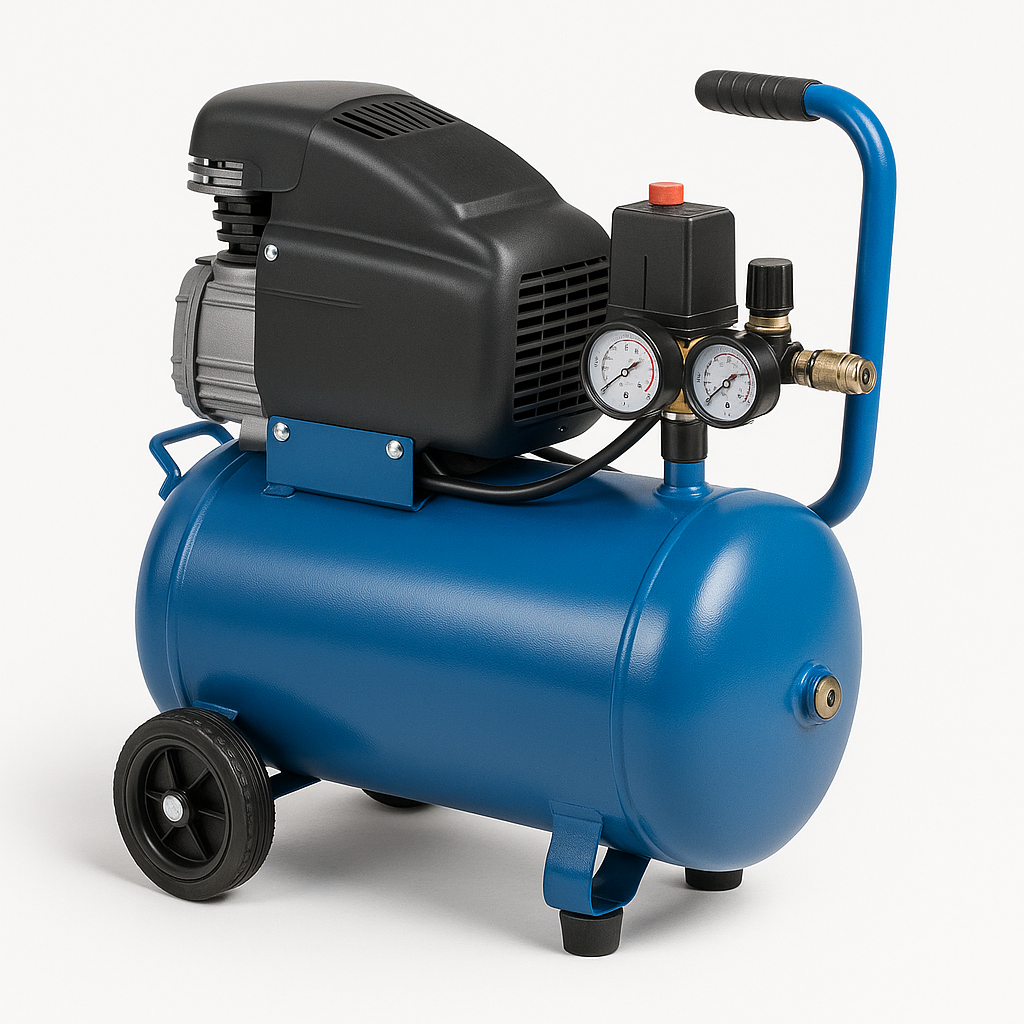Why The Orbital Sander With Dust Extraction Is Beneficial In COVID-19?
The Ultimate Guide to Orbital Sanders with Dust Extraction
On the planet of woodworking and surface area completing, utilizing the right tools can significantly boost both efficiency and outcomes. One such essential tool is the orbital sander. Combined with myntek.de , it becomes a powerful ally for any DIY enthusiast or professional tradesperson. This post dives deep into the features, benefits, and considerations of using an orbital sander with dust extraction.
What is an Orbital Sander?
An orbital sander, also referred to as a random orbital sander (ROS), is a tool designed for sanding surfaces. It performs its task by relocating a randomized circular movement, which assists in delivering a smooth surface without leaving swirl marks frequently connected with conventional sanders. The main purpose of an orbital sander is to sand wood, paint, or other products, preparing them for ending up.
Benefits of Dust Extraction
Why Dust Extraction Matters
Dust extraction systems are vital for several reasons:
Health Protection: Fine dust can impact your respiratory health. Prolonged direct exposure can lead to major conditions, consisting of persistent bronchitis and silicosis.
Visibility: Excess dust can block your view while working, causing mistakes and less precision in your work.
Surface Quality: Dust particles can build up on surfaces, ruining the surface of the products you're working on.
Tool Efficiency: Dust buildup inside your tools can lead to use and tear, reducing their life-span and efficiency.
Benefits of Using Orbital Sanders with Dust Extraction
There are many benefits in combining orbital sanders with dust extraction systems:
Advantage
Description
Cleaner Work Environment
Minimizes mess and maintains a neat work space.
Improved Health Safety
Reduces inhalation of damaging dust particles.
Boosted Finish Quality
Produces smoother surfaces by enabling better visibility and control.
Increased Tool Longevity
Prevents dust build-up in the sander, prolonging its functional life.
Time Efficiency
Saves time in clean-up, permitting you to focus on your job.
Professional Results
Improves the overall quality of the completed product.
Key Features of Orbital Sanders with Dust Extraction
When selecting an orbital sander with dust extraction capabilities, particular functions should be born in mind:
1. Dust Collection System
Most contemporary orbital sanders come equipped with either built-in dust collection bags or ports for attaching a vacuum system.
2. Orbital Speed Options
Adjustable speed settings enable users to control the sanding process according to the product they're working with.
3. Sanding Pad Size
Typical sizes consist of 5 and 6 inches. A larger pad can cover more area however might be less maneuverable in difficult situations.
4. Weight and Ergonomics
Look for sanders that are lightweight and ergonomically created for comfy usage, specifically throughout long sanding sessions.
5. Toughness
Choose a model built from high-quality products to withstand demanding jobs.
Feature
Description
Dust Collection System
Integrated bags or vacuum attachment ports
Orbital Speed Options
Adjustable speeds for different materials
Sanding Pad Size
Usually 5 or 6 inches
Weight and Ergonomics
Lightweight and simple to deal with
Toughness
Top quality materials for durability
Popular Orbital Sanders with Dust Extraction
Here is a selection of some popular designs on the market:
Model Name
Orbital Diameter
Dust Collection Type
Speed Range
Weight (pounds)
Price Range
Bosch ROS20VSC
5”
Built-in dust bag
7,500-12,000 OPM
3.5
₤ 80 – ₤ 100
Dewalt DWE6423
5”
Vacuum attachment suitable
8,000-12,000 OPM
3.2
₤ 70 – ₤ 90
Makita BO5041K
5”
Built-in dust collection system
4,000-12,000 OPM
3.1
₤ 100 – ₤ 130
Festool ETS 125 EQ
5”
Dust extractor port
6,000-12,000 OPM
2.8
₤ 350 – ₤ 450
Milwaukee M18 SANDER
5”
Integrated dust bag
7,000-12,000 OPM
3.2
₤ 90 – ₤ 120
How to Use an Orbital Sander with Dust Extraction
Setup: Attach the dust collection system to the sander. Make sure all connections are safe and secure.
Choosing Sandpaper: Choose the appropriate grit for your project. Start with a coarser grit and relocate to finer grits for ending up.
Sanding Technique:
- Hold the sander easily with both hands.
- Move the sander in the direction of the wood grain.
- Apply light pressure; let the sander do the work.
Display Dust: Periodically check the dust collection system to ensure it's working correctly. Empty the bag or container if essential.
Ending up Touches: After sanding, go over the surface area with a finer sandpaper to attain a smooth surface.
Frequently Asked Questions (FAQs)
Q: Can I utilize an orbital sander without dust extraction?A: Yes, however it is not advised as it develops a significant mess and can be harmful to your health.
Q: How do I clean my dust collection system?A: Regularly empty the dust bag or container. Clean filters and hoses according to the producer's instructions. Q: Is a more effective sander better?A: Not
necessarily. More power permits faster material elimination, however finer sanding needs more control and less power. Q: Can I use the same sandpaper on different materials?A: While some sandpapers are versatile,
it's finest to utilize the grit fit for the particular material to
accomplish optimal results. Q: How frequently should I change the sanding pads?A: Replace sanding pads when they reveal indications of substantial wear, which can
differ considerably depending on use. An orbital sander with
a dust extraction system improves the woodworking experience by offering cleaner, healthier, and more effective
operation. By comprehending the key features, advantages, and strategies for use, users can considerably enhance their jobs. Furthermore, by exploring popular choices on the market, they can make an informed choice customized to their particular needs. Purchasing quality tools, equipped with reliable dust extraction, is not just beneficial but important for ideal woodworking performance. 